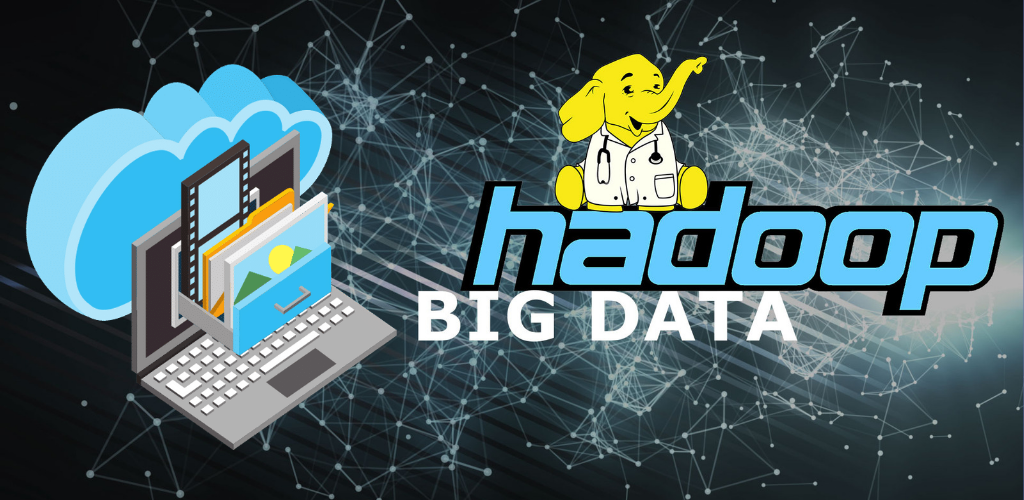Microbes are everywhere. They inhabit every corner of the earth, from the deep sea to the human gut. They play vital roles in maintaining the health and balance of ecosystems, as well as influencing the physiology and behavior of their hosts. However, most of these microbes are still unknown to science, as they cannot be cultured in the laboratory. How can we study these hidden and diverse microbial communities? The answer is metagenomics and microbiome analysis.
What is metagenomics?
Metagenomics is a new approach to study microorganisms obtained from a specific environment by functional gene screening or sequencing analysis. Metagenomics studies focus on microbial diversity, community constitute, genetic and evolutionary relationships, functional activities, and interactions and relationships with the environment.
Metagenomics can be performed using different methods, depending on the research question and the available resources. One of the most common methods is shotgun sequencing, which involves sequencing all the DNA fragments extracted from a sample, without any prior amplification or enrichment. This method can provide a comprehensive overview of the microbial community, including bacteria, archaea, fungi, viruses, and other microorganisms. However, shotgun sequencing also requires a lot of sequencing effort and computational power, as well as a reliable reference database for annotation and comparison.
Another popular method is amplicon sequencing, which involves targeting a specific gene or region of interest, such as the 16S rRNA gene for bacteria, and amplifying it using PCR before sequencing. This method can provide a high-resolution analysis of the taxonomic composition and phylogenetic diversity of the microbial community, as well as the relative abundance of each member. However, amplicon sequencing also has some limitations, such as the bias introduced by PCR and the inability to capture the functional diversity and the non-bacterial members of the community.
What is microbiome analysis?
Microbiome analysis is the application of metagenomics to study the microbiome, which is the collective term for the microorganisms and their genomes that live in or on a particular host or habitat. Microbiome analysis can reveal the structure, function, and dynamics of the microbiome, as well as its interactions with the host and the environment.
Microbiome analysis can be performed at different levels, depending on the research goal and the data availability. One of the most basic levels is the alpha-diversity, which measures the richness and evenness of the microbial community within a sample. Another level is the beta-diversity, which measures the similarity or dissimilarity of the microbial community between different samples. These metrics can help to compare and contrast the microbiome across different hosts, habitats, or conditions.
Another level of microbiome analysis is the functional analysis, which aims to identify and quantify the metabolic pathways and genes that are present and active in the microbiome. This can be done by using tools such as KEGG, COG, or CAZy, which annotate the metagenomic sequences based on their functional categories. Functional analysis can help to understand the metabolic potential and capabilities of the microbiome, as well as its contribution to the host and the environment.
A more advanced level of microbiome analysis is the metatranscriptomics, which involves sequencing the mRNA transcripts that are expressed by the microbiome. This can provide a snapshot of the gene expression and regulation of the microbiome, as well as its response to external stimuli or stress. However, metatranscriptomics also faces some challenges, such as the short half-life of mRNA, the contamination by host RNA, and the need for normalization and standardization of the data.
Why is metagenomics and microbiome analysis important?
Metagenomics and microbiome analysis have opened a new frontier in microbiology, as they allow us to explore the hidden and diverse world of microbes that were previously inaccessible. By using these techniques, we can discover new species, genes, and functions of microbes, as well as their roles and impacts on the host and the environment.
Metagenomics and microbiome analysis have also enabled us to address some of the most pressing challenges and opportunities in various fields, such as medicine, agriculture, biotechnology, and ecology. For example, metagenomics and microbiome analysis can help us to:
- Understand the role of the human microbiome in health and disease, and develop new diagnostic, therapeutic, and preventive strategies based on microbiome modulation2.
- Enhance the productivity and sustainability of crops and livestock by manipulating the plant and animal microbiomes.
- Discover new enzymes, pathways, and molecules from the environmental microbiomes that can be used for bioremediation, biofuel production, or biocatalysis.
- Monitor and protect the biodiversity and function of natural ecosystems by assessing the microbial diversity and activity.
How can you get started with metagenomics and microbiome analysis?
If you are interested in learning more about metagenomics and microbiome analysis, there are many resources and tools available online that can help you. For example, you can:
- Read some of the latest publications and reviews on metagenomics and microbiome analysis.
- Take some online courses or tutorials on metagenomics and microbiome analysis, such as Metagenomics: from bench to data analysis or Microbiome Analysis with QIIME 2.
- Use some of the popular software and databases for metagenomics and microbiome analysis, such as QIIME 2, MEGAN, MG-RAST, NCBI SRA, or IMG/M.




